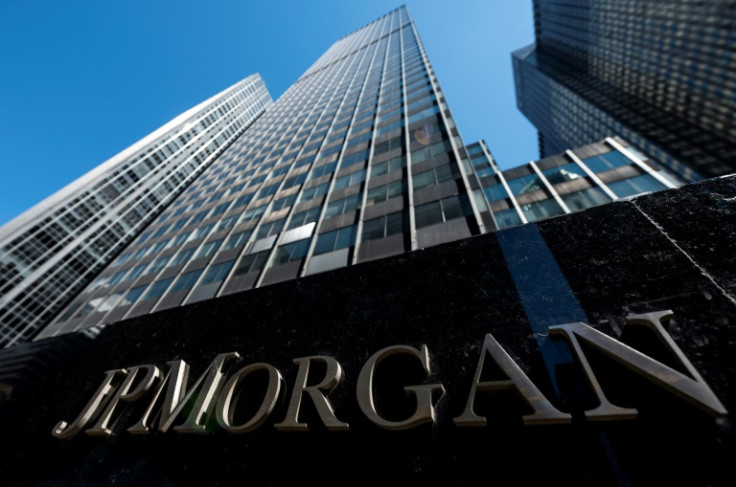JPMorgan Bets Big on Asia's Booming Credit Market With Eye-Watering $50 Billion Expansion

JPMorgan Chase is accelerating its efforts in Asia's rapidly expanding private credit market, setting its sights on the growing demand for non-traditional financing across the region. With tighter bank regulations and an appetite for flexible capital solutions, the global banking powerhouse is building out its private credit team and focusing on direct lending opportunities. This strategic shift underscores JPMorgan's ambition to capitalise on Asia's surging economic influence and evolving credit needs.
Why Asia Matters For JPMorgan
JPMorgan Chase's move into Asia's private credit space is a calculated strategy rooted in the region's robust economic trajectory and rising appetite for alternative lending.
Asia is expected to drive over 50% of global GDP growth, yet its private credit market remains underdeveloped. Annual private credit deals in the region amount to around $200 billion (£147.27 billion), dwarfed by the $1.5 trillion (£1.10 trillion) public debt market.
To tap into this potential, JPMorgan announced in February 2025 an additional $50 billion (£36.82 billion) allocation towards its direct lending efforts. This investment aims to enhance its market share and address the diverse financing demands of Asian enterprises.
'Asia is driving over 50% of the world GDP growth, and we have some of the biggest economies in the region,' said Serene Chen, JPMorgan's Asia Pacific head of credit, currency, and emerging market sales, according to Reuters.
The Current State Of Asia's Private Credit Industry
Asia's private credit sector is on an upward trajectory, propelled by bank retrenchment and increasing corporate demand for lending alternatives. As of September 2023, the region's assets under management in private credit stood at approximately US$124 billion (£91.31 billion), accounting for just 6% of the global total—despite the region contributing roughly half of global GDP.
In 2024, Asia-Pacific-focused private credit funds raised US$5.89 billion (£4.34 billion) across 33 funds, up slightly from US$5.48 billion (£4.04 billion) the year prior, according to S&P Global.
Countries like India and South Korea have become hotbeds for activity, as regulatory constraints on traditional banking create space for private lenders. Additionally, banks' retreat from sectors such as real estate has opened the door for credit firms to provide more agile financial options.
What's Happening Outside Asia?
JPMorgan's private credit performance beyond Asia has remained strong, particularly in North America and Europe. Since 2021, the firm has executed over $10 billion (£7.36 billion) in more than 100 private credit deals. In early 2025, it committed another $50 billion (£36.82 billion) to its direct lending arm, with nearly $15 billion (£11.05 billion) from co-investors.
In Europe, JPMorgan has ramped up its capacity to issue and retain leveraged loans, highlighted by a $1.4 billion (£1.03 billion) facility backing Silver Lake's $12.5 billion (£9.20 billion) acquisition of Qualtrics. This marked the region's first jumbo public-to-private underwrite since early 2022.
The bank also forecasts that more than $30 billion (£22.09 billion) in private credit will trade hands on the secondary market in 2025, underscoring rising investor demand for liquidity and JPMorgan's active role in shaping that market.
Private Credit's Strategic Role In Turbulent Markets
With global markets buffeted by renewed US-China trade tensions and mounting tariff unpredictability, JPMorgan's expansion into private credit offers a strategic buffer against volatility. The bank has identified inflation and tariffs as principal disruptors of the 2025 financial outlook.
JPMorgan's ongoing efforts to boost transparency in private lending—facilitating billions in private trades—further reinforce its commitment to market innovation. By addressing the liquidity challenges inherent in opaque credit markets, the firm is carving a path toward greater resilience and adaptability in modern finance.
Originally published on IBTimes UK



















